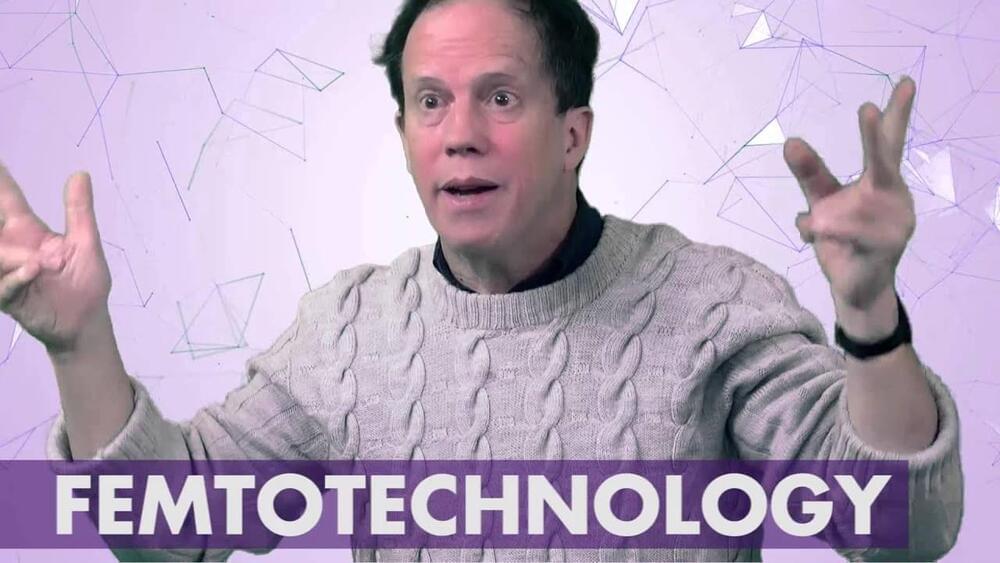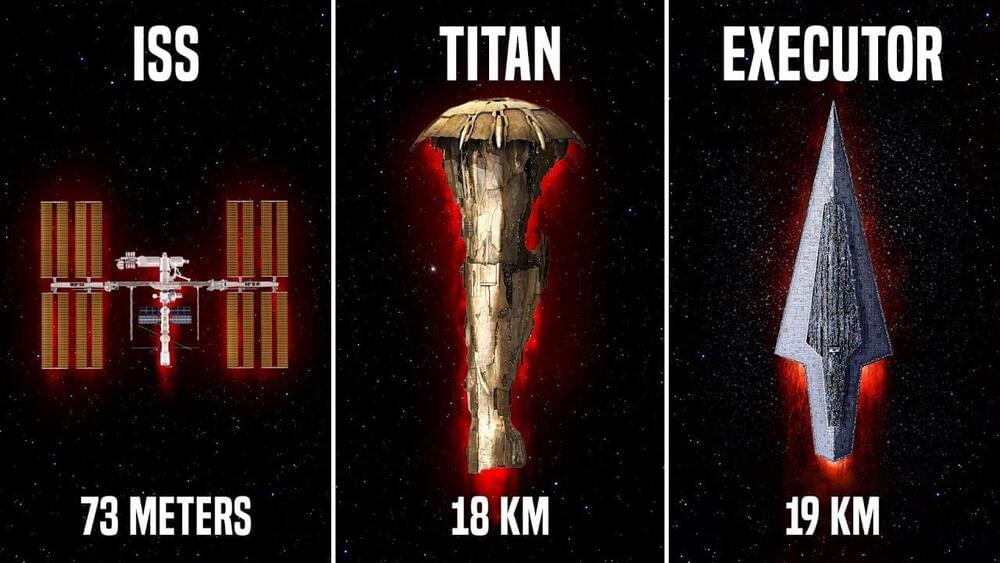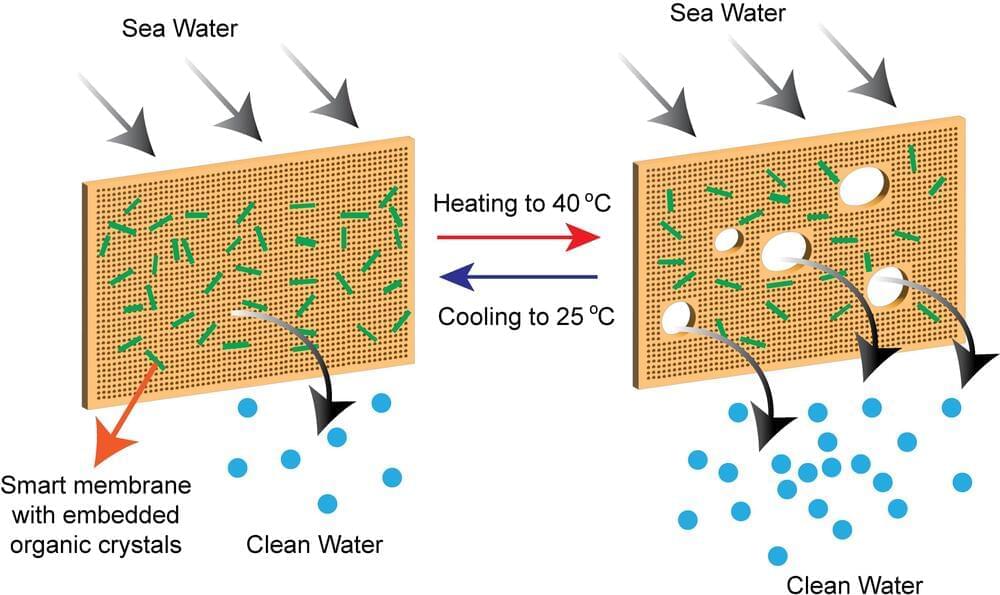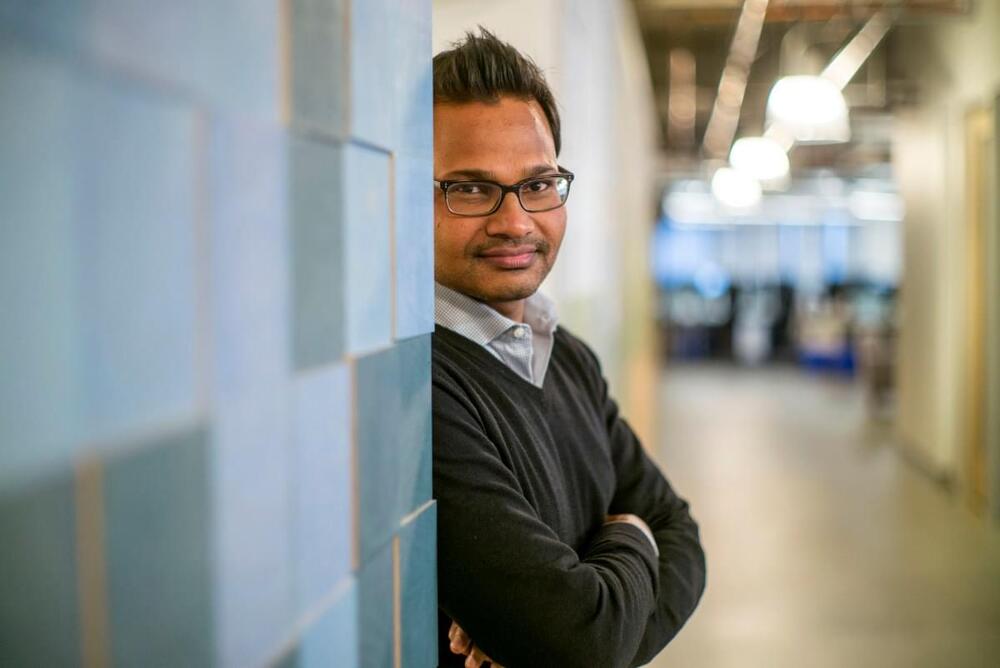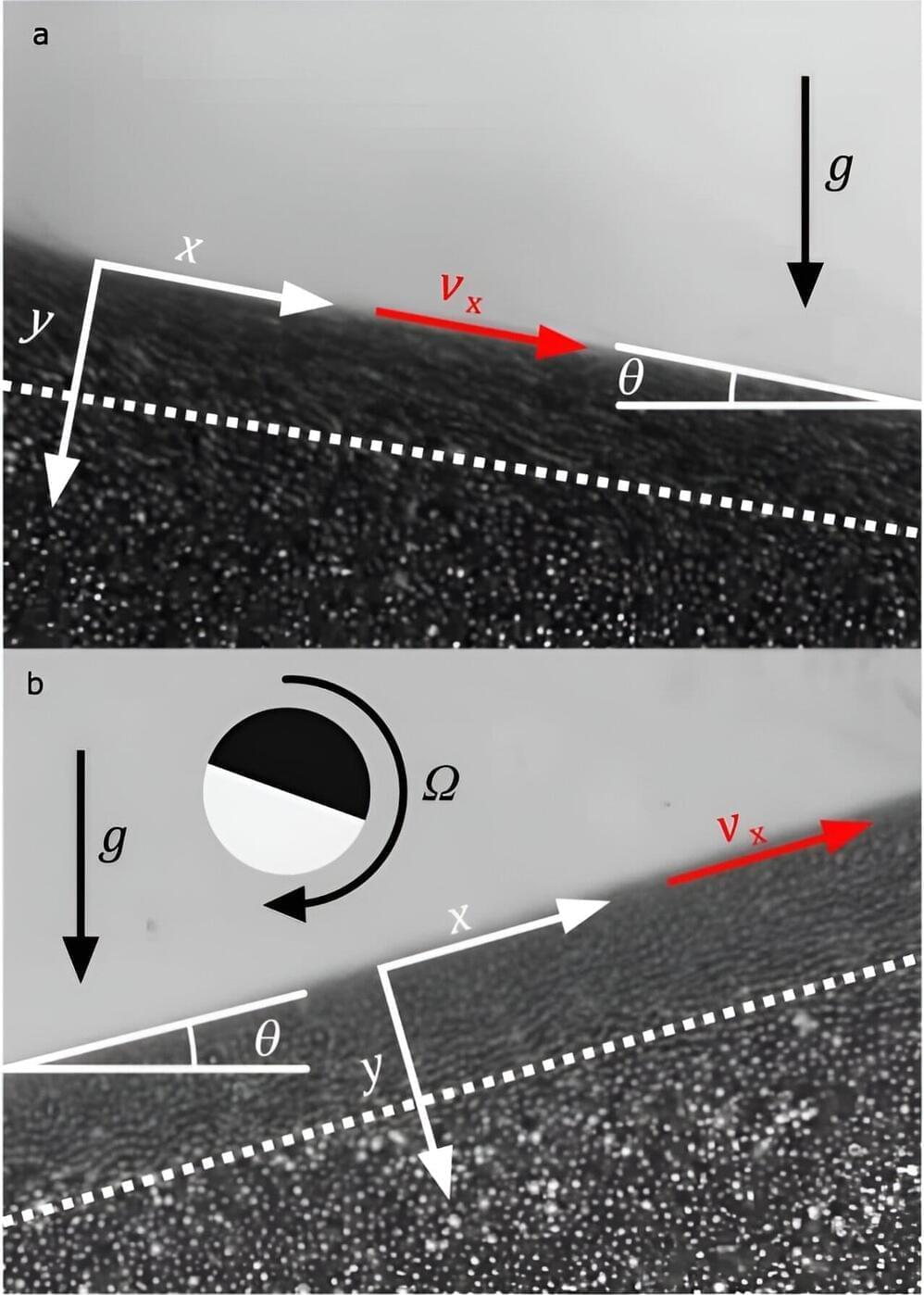Sep 27, 2023
Hugo de Garis — Innovating Beyond the Nanoscale, Femtometer Scale Technology
Posted by Dan Breeden in categories: computing, engineering, military, nanotechnology, particle physics
Femtotech: Computing at the femtometer scale using quarks and gluons.
How the properties of quarks and gluons can be used (in principle) to perform computation at the femtometer (10^−15 meter) scale.
I’ve been thinking on and off for two decades about the possibility of a femtotech. Now that nanotech is well established, and well funded, I feel that the time is right to start thinking about the possibility of a femtotech.
Continue reading “Hugo de Garis — Innovating Beyond the Nanoscale, Femtometer Scale Technology” »
